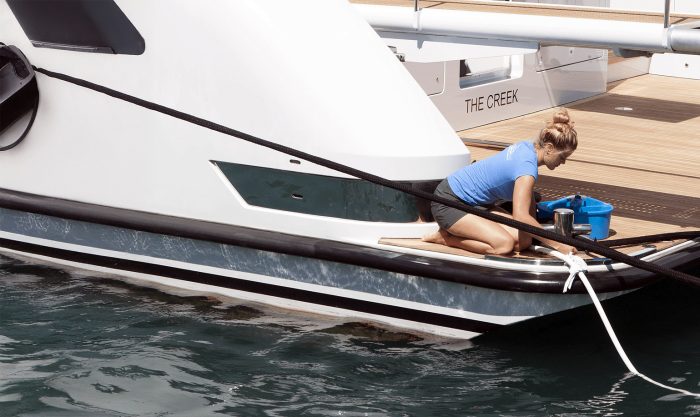The Seafarers’ Earnings Deduction, often referred to as the SED, is a tax legislation that enables seafarers to claim back their UK income tax.
It allows seafarers to claim up to 100% tax exemption on their earnings – but despite the law being passed over ten years ago and although it can help seafarers to save a significant amount of money, many don’t even realise that they qualify for SED – which means people are missing out on thousands of pounds each year.
So, what’s with all the confusion?
Well, for starters, the rules surrounding SED aren’t particularly well known, even in the Superyacht industry, which means that many people are unaware that they qualify. What’s more, because the process of applying for SED can be confusing, many are also unsure how to make their claim in the first place.
But that’s where we come in! So, if you’re confused about seafarers’ deduction or are considering making a claim but don’t know where to begin, read on to discover five ways to ensure your SED claim is a success…
5 ways to ensure your SED claim is rock solid
1. Make sure you meet the qualifying criteria
First things first, you need to check whether you qualify for SED. To meet the qualifying criteria, you must have worked onboard a ship for a year, have spent less than 183 days a year in the UK, be employed rather than self-employed, and be a resident of the UK or the European Economic Area (EEA).
HMRC uses the term ‘eligible period’ to refer to a period of 365 days or more, which means you can’t make your first claim until after at least 365 days have passed from when you were first absent from the UK – and critically, you must have spent at least 183 of these days outside of the UK.
You cannot claim for SED if you are a crown employee, if you aren’t a UK resident (or resident of an EEA state) or if you break the half-day rule by spending more than 183 days in the UK.
Without a doubt, the half-day rule is one of the most confusing aspects of claiming SED but trust us when we say it isn’t as confusing as it sounds! In fact, we’ve put together a helpful explanation of the half-day rule and how it works in this blog to help you make sense of it.
2. Register for your self-assessment tax return
Once you’ve determined that you qualify for Seafarers’ Earnings Deduction, the next thing you need to do is register for your self-assessment tax return.
If you are certain that you will spend more than 365 days outside of the UK and are about to set sail for the first time, we’d actually recommend registering for your self-assessment before you go so you can ensure that everything is organised and that you have signed any necessary paperwork before you leave.
3. Keep the necessary records
Probably the most important task for many when they complete their first tax return or make their first SED claim is rummaging through years’ worth of paperwork to find all the records they need to back up their claim and confirm their days in and out of the UK.
Although you won’t necessarily need to send in evidence to HMRC, they might want to check your claim and so advise you to keep the following records:
- Air tickets
- Hotel bills and receipts
- Passports and visas
- Seafarer’s discharge book
- Contracts / Payslips
So, if you’re about to set sail for your very first season on board a Superyacht, we’d recommend keeping all of these records in one place right away so that when the time comes to claim for SED, you’ve got everything to hand and ready to go!
4. Submit your seafarer tax return on time
The time limit for completing and submitting a self-assessment tax return is the 31st of January, following the previous 5th of April.
Essentially, this gives you nine months to complete and submit your return on time – but with life on board a Superyacht being so busy, we would always recommend completing your tax return well before the deadline to ensure that everything goes smoothly and that you don’t run into any problems and avoid any nasty penalties for not doing so either.
5. Get expert help
Finally, the best way to ensure that your self-assessment tax return and SED claim are as straightforward as possible is by seeking expert help and advice.
If you’re struggling with your seafarers’ tax or SED claim, we’re here to help! In fact, here at Flying Fish, we run a seafarers’ tax service to help all UK crew. For just £210 a year, we will complete your tax return and make sure it’s done correctly so that your seafarers’ deduction claim is approved, and you have no income tax to pay – saving you plenty of money and stress as well!
If you’d like to find out more about how we can help make sure your SED claim is as smooth sailing as possible, contact our team today or find out more about our seafarers’ tax service here.






